
The Deep Learning Workshop. Learn the skills you need to develop your own next-generation deep learning models with TensorFlow and Keras Mirza Rahim Baig, Thomas V. Joseph, Nipun Sadvilkar, Mohan Kumar Silaparasetty, Anthony So
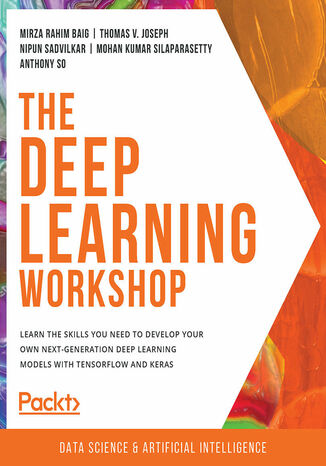



- Autorzy:
- Mirza Rahim Baig, Thomas V. Joseph, Nipun Sadvilkar, Mohan Kumar Silaparasetty, Anthony So
- Wydawnictwo:
- Packt Publishing
- Ocena:
- Stron:
- 474
- Dostępne formaty:
-
PDFePubMobi
Opis
książki
:
The Deep Learning Workshop. Learn the skills you need to develop your own next-generation deep learning models with TensorFlow and Keras
The book starts by highlighting the relationship between deep learning, machine learning, and artificial intelligence and helps you get comfortable with the TensorFlow 2.0 programming structure using hands-on exercises. You’ll understand neural networks, the structure of a perceptron, and how to use TensorFlow to create and train models. The book will then let you explore the fundamentals of computer vision by performing image recognition exercises with convolutional neural networks (CNNs) using Keras. As you advance, you’ll be able to make your model more powerful by implementing text embedding and sequencing the data using popular deep learning solutions. Finally, you’ll get to grips with bidirectional recurrent neural networks (RNNs) and build generative adversarial networks (GANs) for image synthesis.
By the end of this deep learning book, you’ll have learned the skills essential for building deep learning models with TensorFlow and Keras.
Wybrane bestsellery
Mirza Rahim Baig, Thomas V. Joseph, Nipun Sadvilkar, Mohan Kumar Silaparasetty, Anthony So - pozostałe książki
Packt Publishing - inne książki
Dzięki opcji "Druk na żądanie" do sprzedaży wracają tytuły Grupy Helion, które cieszyły sie dużym zainteresowaniem, a których nakład został wyprzedany.
Dla naszych Czytelników wydrukowaliśmy dodatkową pulę egzemplarzy w technice druku cyfrowego.
Co powinieneś wiedzieć o usłudze "Druk na żądanie":
- usługa obejmuje tylko widoczną poniżej listę tytułów, którą na bieżąco aktualizujemy;
- cena książki może być wyższa od początkowej ceny detalicznej, co jest spowodowane kosztami druku cyfrowego (wyższymi niż koszty tradycyjnego druku offsetowego). Obowiązująca cena jest zawsze podawana na stronie WWW książki;
- zawartość książki wraz z dodatkami (płyta CD, DVD) odpowiada jej pierwotnemu wydaniu i jest w pełni komplementarna;
- usługa nie obejmuje książek w kolorze.
Masz pytanie o konkretny tytuł? Napisz do nas: sklep@helion.pl
Książka drukowana






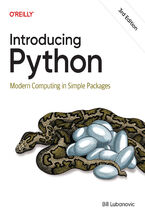



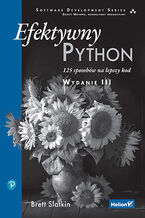



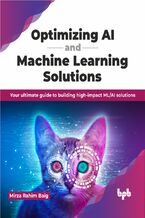
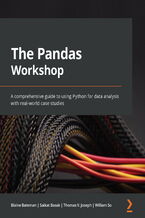
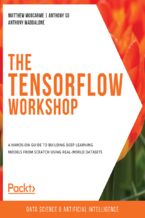
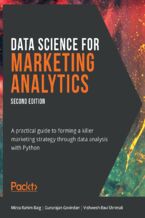
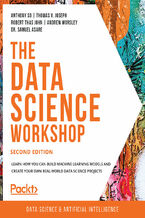
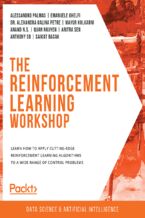
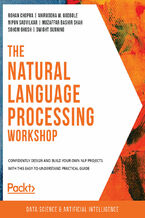
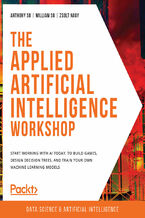
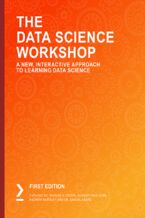
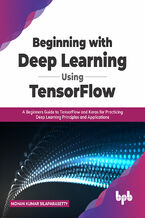





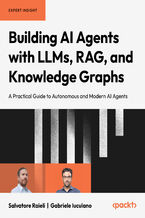
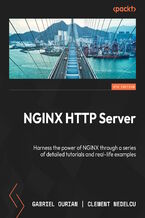
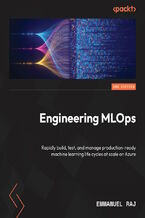

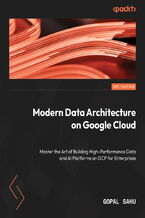
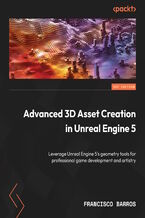
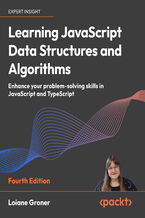
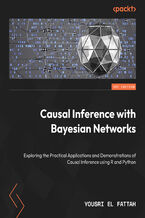
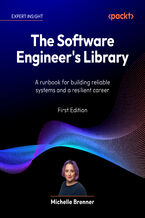




Oceny i opinie klientów: The Deep Learning Workshop. Learn the skills you need to develop your own next-generation deep learning models with TensorFlow and Keras Mirza Rahim Baig, Thomas V. Joseph, Nipun Sadvilkar, Mohan Kumar Silaparasetty, Anthony So
(0)